Top 10 Banks in the World: The Largest and Most Influential Global Banks in 2025
The significance of the largest banks in the world is hard to overestimate. These financial giants stand at the heart of the global economy. They provide stability, development, and access to money for millions of people and companies. They don’t only offer loans and hold deposits: they play a key role in investments, international trade, and economic growth.
Let’s look at the 10 largest banks in the world, ranked by their total assets. Unlike market capitalization that reflects a company’s value on the stock exchange, total assets show how much money a bank actually controls. This is a more accurate indicator that will help you understand who really rules in the world of finance.

Top 10 Largest Banks in the World
When it comes to the largest banks in the world, it’s impossible not to be amazed by their scale and influence. These financial giants manage trillions of dollars in assets. They affect not only the economies of their countries but also the entire globe. They offer a wide range of services: from traditional lending and deposits to investment banking, asset management, and even the development of new digital technologies.
In this section, we’ll discuss the top 10 largest banks in the world that stand out not just for their asset volumes but also for their unique business approaches. Among them are banks with rich histories focused on international development, as well as those actively implementing innovations. Ready to meet the leaders of the global banking sector? Let’s get started!
Industrial and Commercial Bank of China (ICBC)
ICBC is the largest bank in the world by total assets. It plays a central role not only in China’s financial system but also on the global stage. Founded in 1984, ICBC has become a financial giant with assets exceeding $5.5 trillion. It’s also among the safest banks in the world.
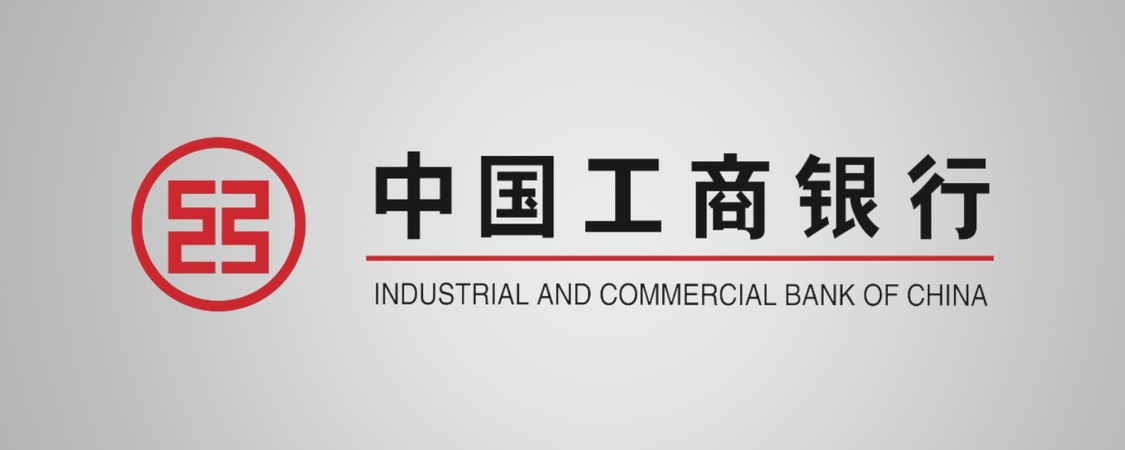
The bank offers a full range of services, including corporate lending, retail banking, asset management, and treasury operations. An outstanding feature of ICBC is its vast network of branches that includes over 16,000 branches in China and beyond. Additionally, the bank is actively strengthening its presence in international markets: it operates in more than 40 countries.
What makes ICBC so influential? To begin with, it has strategic support from the state, which allows it to participate in large-scale infrastructure projects, lend to major corporations, and affect China’s economy. Besides, ICBC is heavily investing in digital technologies, including mobile apps and online banking, to attract new customers.
However, like any major bank, ICBC faces challenges. These include government regulation, cybersecurity risks, and issues related to increasing volumes of non-performing loans.
ICBC continues to be a leading player among the largest banks in the world, demonstrating how state support and sound management can create a global leader in banking.
China Construction Bank (CCB)
CCB ranks second globally for total assets, managing over $4.8 trillion. The bank was initially established to finance large infrastructure projects in China, which is reflected in its name. Over time, however, it has significantly expanded its range of services to include retail banking, investment services, and asset management.
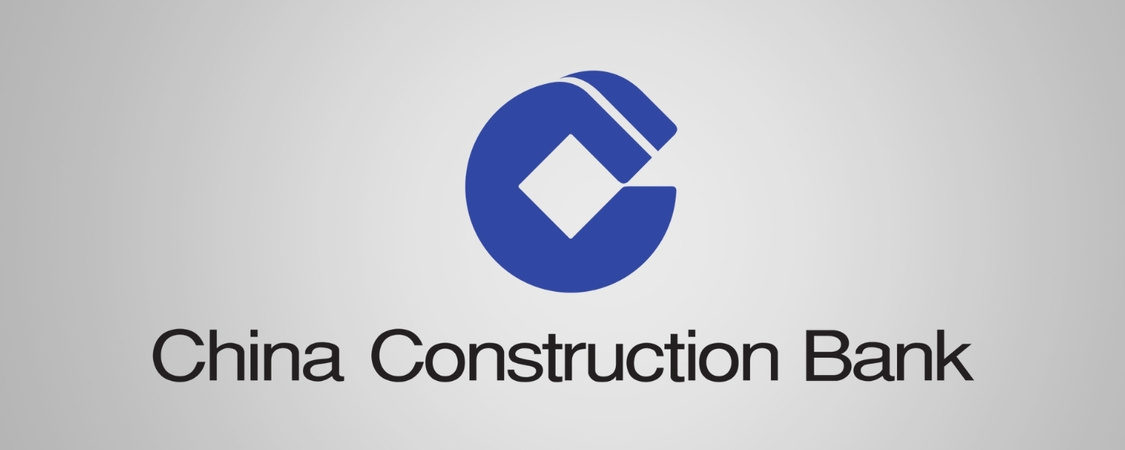
CCB has a strong presence in major cities across China and it is actively working on the international stage, strengthening its positions in Asia, Europe, and North America. The bank also stands out for its innovations in digital technology, including mobile banking apps and e-commerce platforms.
Similarly to other major Chinese banks, CCB faces challenges such as rising non-performing loans and dependence on government regulation, which could affect its stability. Nonetheless, the bank remains an important player among the largest banks in the world and continues to support China’s economic growth.
Agricultural Bank of China (ABC)
ABC is the third-largest bank in the world by total assets, managing over $4.4 trillion. The bank was founded to support China’s agricultural sector, and its activities remain closely tied to the development of rural areas.
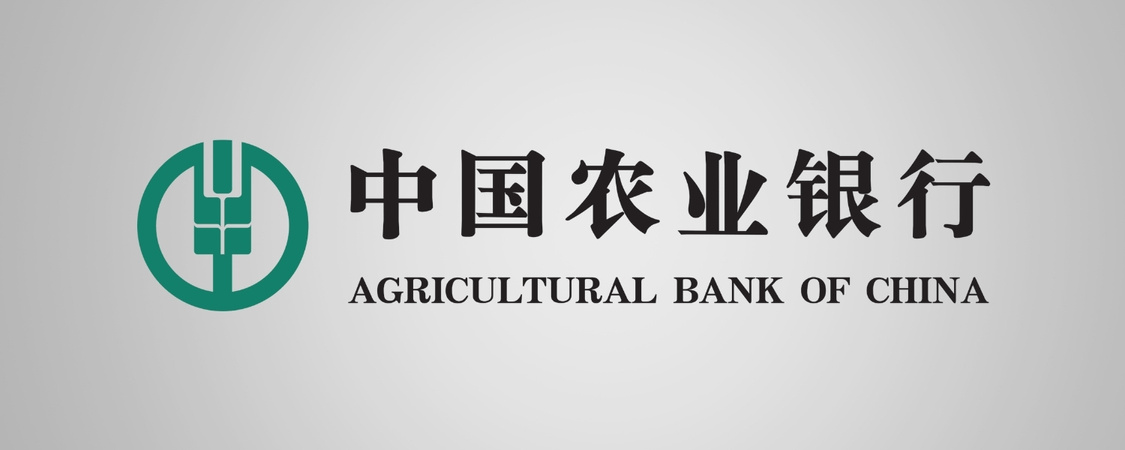
Today, ABC offers a wide range of services: from lending to farmers and small businesses to asset management and investment solutions. Its extensive network covers both remote rural regions and major cities. This makes the bank unique in its approach.
However, ABC faces challenges such as the need to balance profitability with support for low-margin rural projects.
Bank of China (BOC)
BOC, with assets exceeding $4.2 trillion, ranks fourth in the world. It is the oldest of the major Chinese banks, founded in 1912. BOC is known for its international approach: it actively works in over 60 countries and plays a key role in China’s international trade.
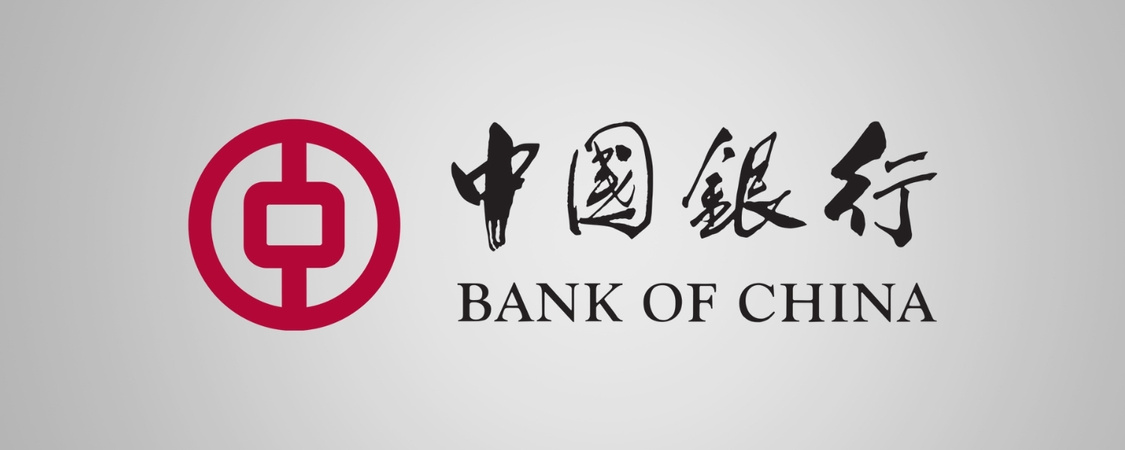
The bank’s main areas of focus include corporate banking, investment services, and retail client servicing. BOC also supports strategic initiatives in China, such as the Belt and Road Initiative. It also finances projects in Asia, Africa, and Europe.
Among the bank’s challenges are its dependence on government policy and risks associated with foreign investments.
Mitsubishi UFJ Financial Group (MUFG)
MUFG is Japan’s largest bank and the fifth-largest bank in the world by total assets, with around $3.3 trillion. The bank was formed from the merger of two financial giants and today it offers a wide range of services: from corporate and investment banking to asset management.

MUFG plays a key role in Japan’s economy and is actively expanding its international operations, particularly in the U.S. and Asia. One of the bank’s strengths is its technological infrastructure that makes it a leader in digital financial services.
The main challenges for MUFG include Japan’s aging population and low interest rates. These factors limit revenue growth.
JPMorgan Chase & Co.
JPMorgan Chase is the largest bank in the U.S. and the sixth-largest bank in the world by total assets, with about $3.2 trillion. This bank is a true icon of banking, offering services in commercial banking, asset management, investment banking, and much more.

Under the leadership of its long-term CEO Jamie Dimon, the bank remains a leader in innovation, especially in digital technology and investment banking. JPMorgan Chase is also known for its stability even in uncertain economic times.
Key challenges for the bank include complex regulations and cyber threats. However, it consistently ranks among the largest banks in the world.
HSBC Holdings
HSBC (The Hong Kong and Shanghai Banking Corporation) is the largest bank in the U.K. and the seventh-largest in the world by total assets, with around $3 trillion. It was founded in 1865 in Hong Kong to finance trade between Europe and Asia, and this remains a key focus today. Since 1993, the bank’s headquarters have been in London.

HSBC continues to focus on its Asian operations, particularly in China and Hong Kong. The bank offers services in retail banking, asset management, and investment banking.
The main challenges for the bank are geopolitical risks and changing regulatory conditions.
BNP Paribas
BNP Paribas is the largest bank in Europe by total assets: it manages around $2.9 trillion. Founded in France, it offers a diverse range of services, including retail banking, asset management, and investment services.
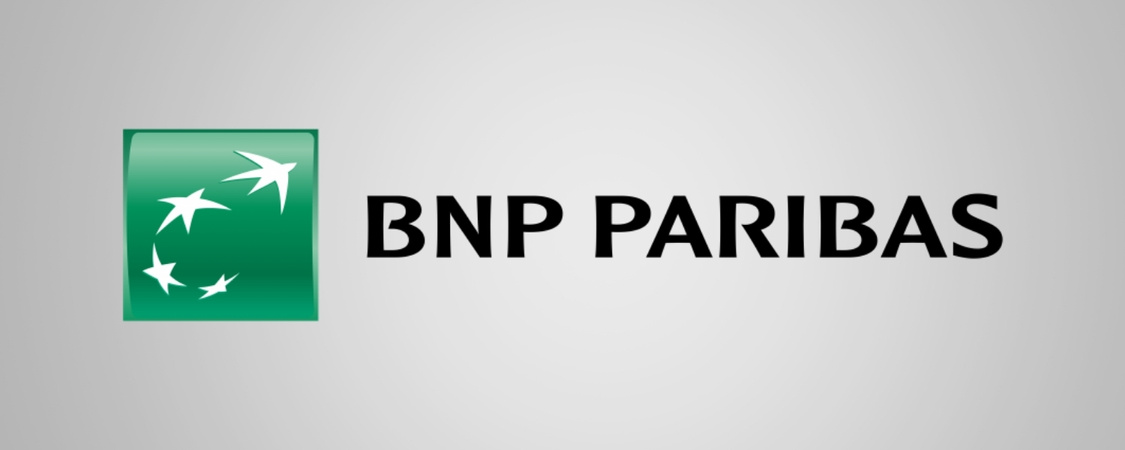
The bank operates in over 70 countries and is known for its stability and innovations in sustainable finance. However, it faces challenges such as high competition and the need to adapt to the digital age.
Bank of America
Bank of America is the second-largest bank in the U.S. and ninth in the world, with assets around $2.8 trillion. The bank serves millions of customers worldwide, offering services from retail banking to asset management.
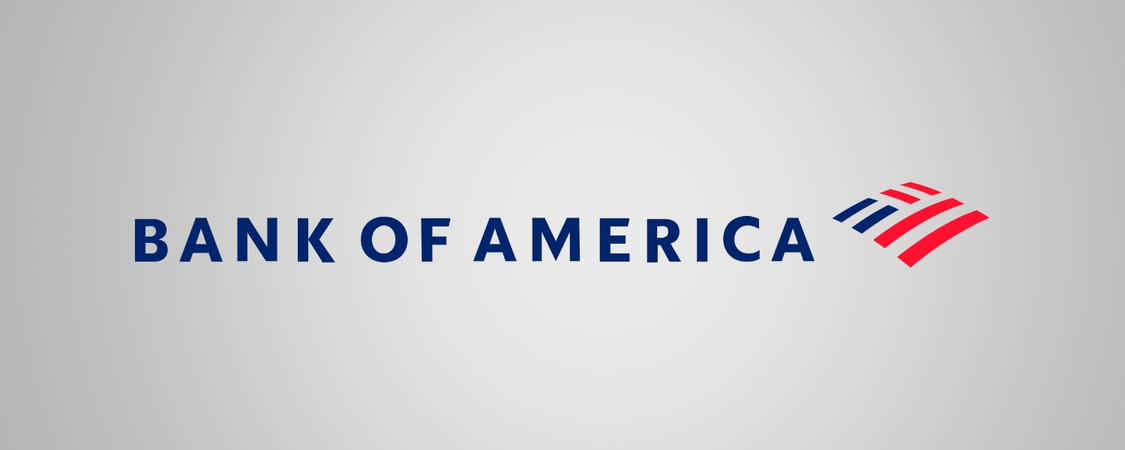
Bank of America is actively investing in digitization and providing innovative solutions for its customers. However, its key challenges remain complex regulations and high competition in the U.S. market.
Crédit Agricole Group
Crédit Agricole is the largest cooperative bank in France and the tenth-largest in the world by total assets, with around $2.6 trillion. The bank actively supports agriculture and provides services in commercial banking, asset management, and insurance.

Its unique cooperative structure allows it to interact efficiently with clients and communities. The main challenges for the bank include the need to modernize technologies and maintain profitability in a low-interest environment.
How the Biggest Banks Achieved Their Scale
The scale of the largest banks in the world is no coincidence. It’s the result of well-thought-out strategies. Here are three key factors behind their success:
- Mergers and Acquisitions
Many banks have grown by merging with other financial institutions. For instance, JPMorgan Chase emerged after the merger of JPMorgan and Chase Manhattan Bank, while HSBC strengthened its position by acquiring regional banks in Asia and Africa. This allows the banks to expand markets and increase their client base. - Innovations in Digital Banking
Modern technology is the main tool for growth. Banks such as ICBC and China Construction Bank are actively implementing mobile apps, blockchain, and artificial intelligence to streamline services and stay ahead of competitors. - Diversity of Services
The largest banks offer much more than just loans and deposits. They engage in investments, asset management, and financing large projects. For example, Bank of China actively supports international trade operations, while MUFG focuses on working with corporate clients.
These three directions—mergers, technology, and service diversity—make the largest banks in the world successful and influential.
Trends Shaping the Banking Sector in 2025
The banking sector is changing faster than ever. Here are three key trends that will define its future:
- Competition with Fintech and Digital Platforms
Fintech companies pose a serious challenge to traditional banks, as they offer fast, convenient, and often cheaper services. Banks are actively investing in technology, mobile apps, and digital platforms to stay competitive. Many are forming partnerships with fintech startups to implement innovations faster. - Sustainable Development
Clients and investors increasingly expect banks to take initiatives in ecology and take on social responsibility. Banks are starting to implement “green” products, such as loans for eco-friendly projects, and they reduce their carbon footprint. This is no longer just a trend but a necessity. - Growth in Regulation
As global financial instability increases, governments are introducing more rules. Banks have to comply with strict standards for safety, data protection, and reporting. While this adds complexity, it also strengthens trust among clients and investors.
You can expect that 2025 will be a time of significant changes for banks striving to maintain their competitiveness and adapt to societal expectations.
Conclusion
The largest banks in the world are true pillars of the global economy. They manage enormous assets, implement innovations, and adapt to ever-changing realities. Their success is the result of a skilled combination of technology, growth strategies, and global influence.
Today, the banking sector faces new challenges: competition from Fintech companies, toughening regulation, and expectations for sustainable development. But these challenges drive the largest banks to improve and adapt, so that they can remain at the forefront.
No matter how the financial world changes, the largest banks continue to shape the future of the global economy. And watching their development is both fascinating and inspiring.
What is the largest bank in the world in 2025?
The largest bank in the world in 2025 is the Industrial and Commercial Bank of China (ICBC). It manages over $5.5 trillion in total assets and plays a central role in both China’s financial system and the global economy. With strategic state support and significant investments in digital technologies, ICBC continues to lead as a global financial powerhouse.
How do banks grow to become global leaders?
Banks grow to become global leaders through three key strategies:
Mergers and Acquisitions – By merging with or acquiring other institutions, banks expand their market presence and client base.
Innovations in Digital Banking – Investment in technologies like mobile apps, artificial intelligence, and blockchain helps streamline services and remain competitive.
Diversity of Services – Offering a wide range of services, from loans and deposits to asset management and investment banking, enables them to cater to diverse customer needs and support large-scale projects. These strategies collectively ensure their growth and global influence.
